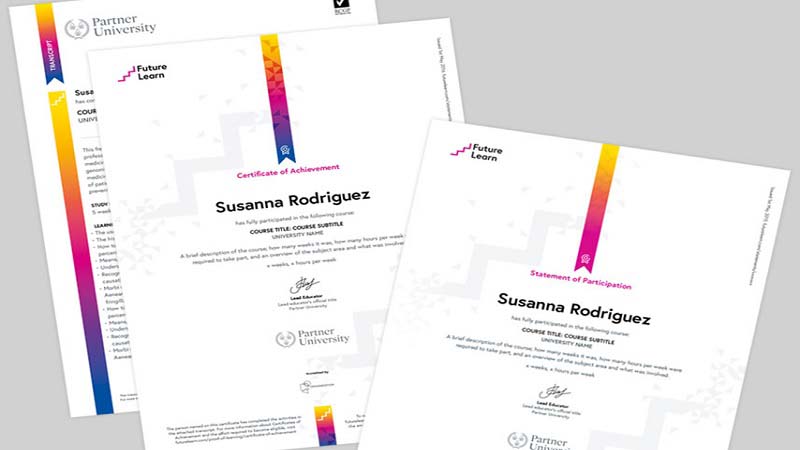
University of Wollongong, Australia has rolled out a free online course on Medical Bio-Printing that will teach the participants about the basics of 3D Printing body parts such as hip implants and facial implants. The 4-week interactive course will teach the story of 3D Printing revolution, introduce participants with commonly used biomaterials, including metals, ceramics and polymers, and how bioprinting techniques, such as selective laser melting, hot-melt extrusion and inkjet printing, work. Finally, the participants can grab their own Certificate of Achievement after completing the course.